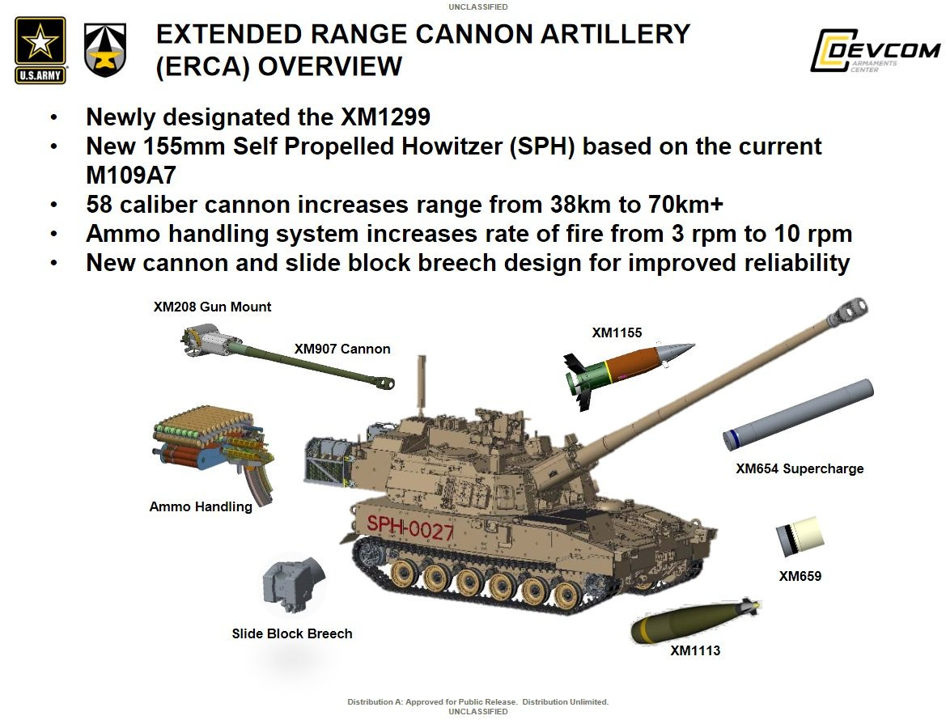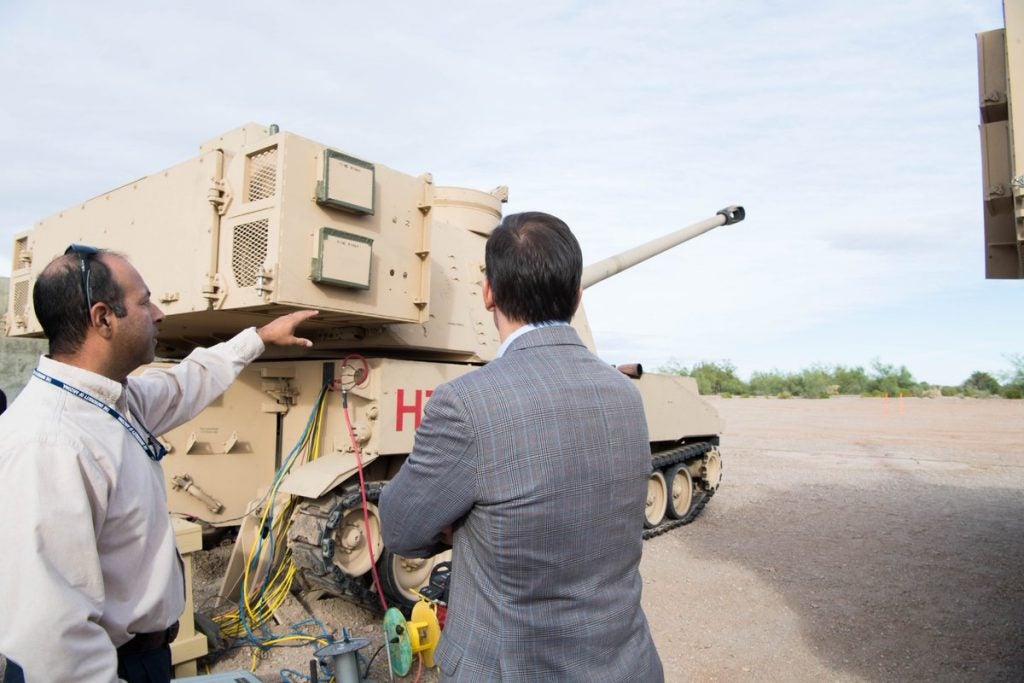New Army Extended Range Cannon Hits Target 43 Miles Away
On the 19 December, the US Army tested its Extended Rage Cannon Artillery (ERCA) system at Arizona’s Yuma Proving Ground. The result: a direct hit on a target 43 miles (70 kilometers) away. During a press teleconference, the Army’s Long-Range Precision Fires Cross Functional Team director, Brigadier General John Rafferty remarked that:
“I don’t think our adversaries have the ability to hit a target on the nose at 43 miles.”
Meanwhile Colonel Tony Gibbs, the Army’s program manager for combat artillery system, was quick to point out that there is still a lot to do before the system is ready for service. Regarding the test, he stated that:
“This is really just a waypoint in our ongoing campaign of learning as we work to really realign U.S. supremacy in cannon artillery. It’s definitely a big knowledge point for us today.”
The ERCA system, designated M1299, is based on the M109A7 Paladin but unlike howitzers of that class, uses a longer-barreled 155mm XM907 gun which fires rocket-assisted rounds. With the ability to hit targets over 43 miles away, the system will have twice the range of current howitzers using rocket-assisted projectiles and more than triple the range achievable without rocket propulsion for projectiles. The army plans to start fielding the finalized version of the system in 2023.

Long-range precision fires have recently ranked among the Army’s top research priorities. In its June 2020 report titled “Striking the Balance: US Army Force Posture in Europe, 2028”, the Army War College Strategic Studies Institute noted that:
“Ground-based long-range fires open possibilities for the Joint Force to fight in new ways that would unlock Russian A2/AD systems. Thus, ground-based long-range fires are a tactical capability that can transform the operational context in a manner that yields strategic effect. This potential, however, brings challenges. Because this capability can alter the balance of forces within Europe, it has the potential to be strategically destabilizing, fatally escalatory in a crisis, and divisive among allies.”
With the army also reportedly working on a “Strategic Long Range Cannon” which could hit targets upto 1,000 nautical miles away, we might be witnessing the most interesting artillery developments since the advent of atomic artillery during the Cold War.

